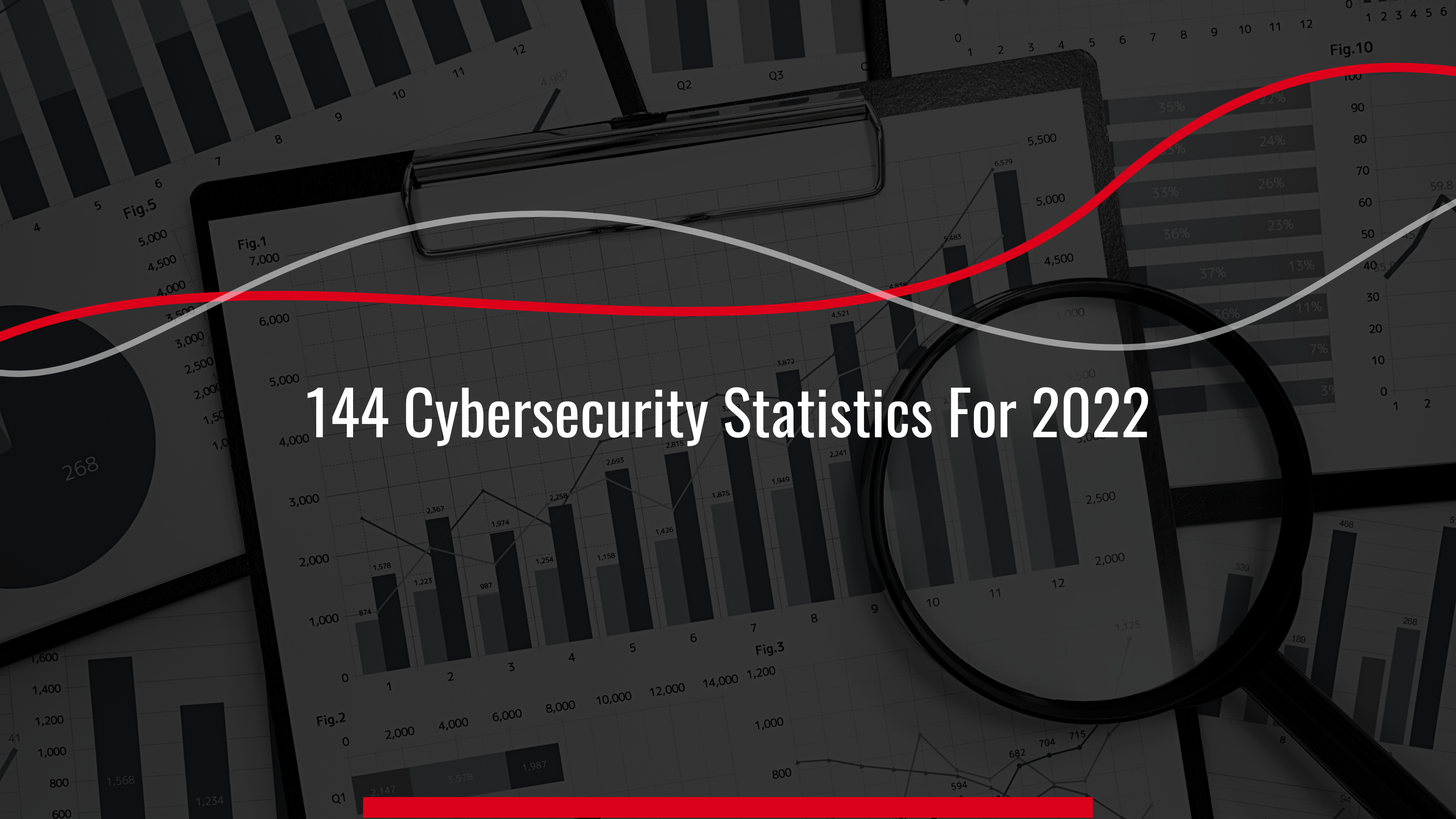Top Ransomware Attacks of 2021
Jan 20 2022
News
Top ransomware attacks of 2021. There has been ransomware attacks on CNA, Acer, Quanta Computer, Colonial pipeline, JBS foods in 2021.


